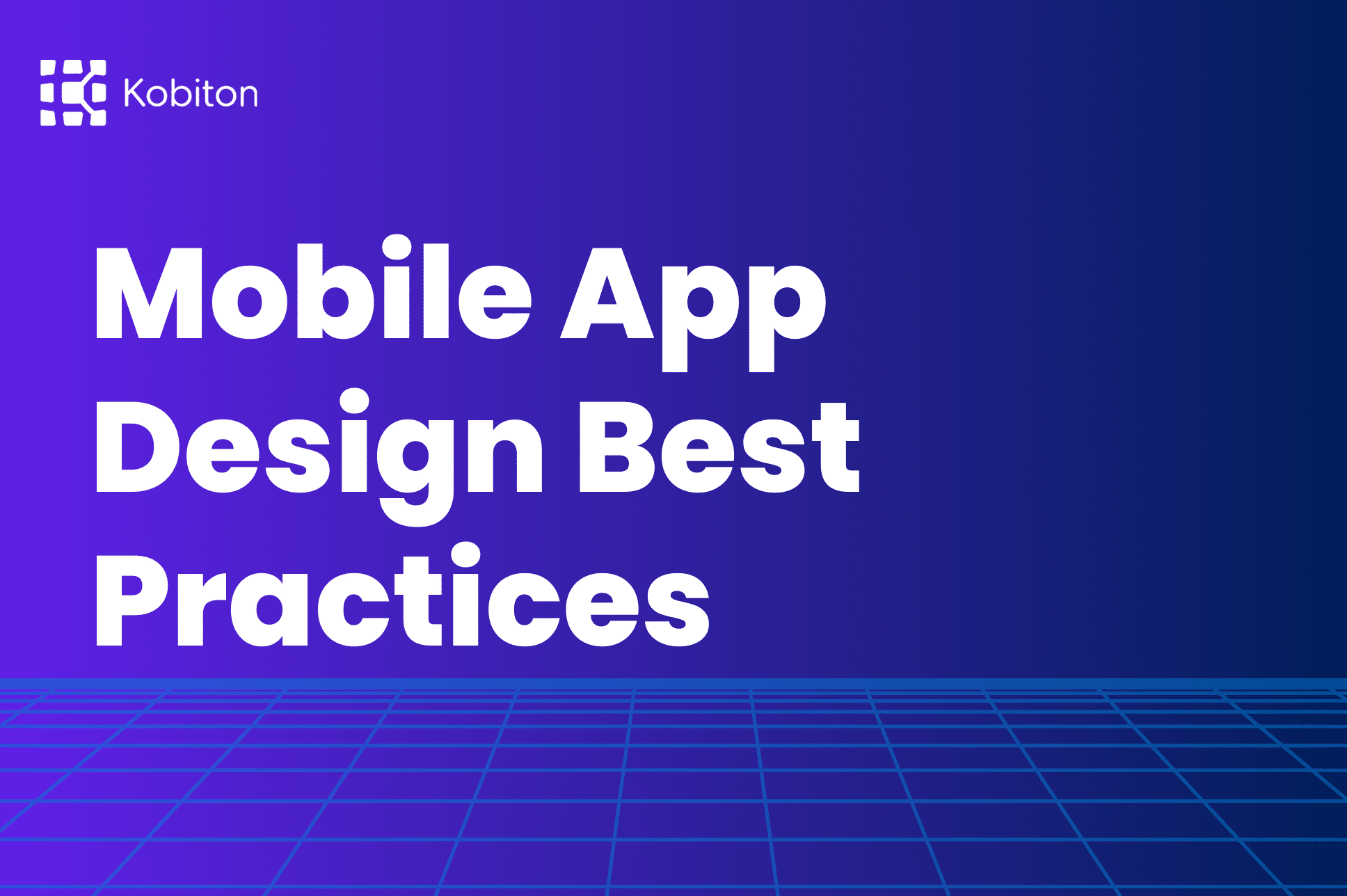
Best Practices to Elevate Your Mobile App Design

Cara Suarez
Technology has found a way into our daily lives. Whether financially, socially, or how we manage our health, we’re all depending on tech devices to some extent. Smartphones are now available in every corner of the world, and that’s just the beginning.
Mobile application development has changed the way healthcare companies provide services. Many healthcare companies have apps where doctors can provide care to patients who can’t access a hospital. You can also keep tabs on your diet or get health updates every day from your smartphone. There’s no need to show up at the hospital to book an appointment. You can do that in the comfort of your home, thanks to the hard work of healthcare app developers.
With over 259,000 health-related apps on Apple’s iOS app store and the Google Play store, the mHealth (mobile health) sector is only growing. This article will go through some of the best practices to follow when developing a health app, so that you can help your patients live better lives.
This is the first step you need to complete before beginning the design phase. Who are your target consumers? Is it for practitioners, patients, or both? What exactly will you focus on: fitness, nutrition, healthcare, urgent care, mental health, or any number of other healthcare sectors
Once you’ve figured that out, it’ll be easier to work on the user interface, data uploads and storage, and payment options. Market research is a crucial step in how to build a medical app.
When designing and developing a health app, make sure you’ve followed all the laws around data safety and applications in your country. Get a lawyer to talk you through the rules and third-party contracts to avoid litigation. Proper legal coverage is essential for healthcare app developers.
Data safety on health apps is critical. If you can, limit the amount of user data you collect and make sure it cannot be re-identified. Ensure you’ve encrypted everything, and where possible, restrict app access and permissions. Data safety is a major focus area when answering the question of how to build a medical app.
Once you’ve figured out the above points, you can begin your app design and development.
Most, if not all, of the functionality of your app, should be easily accessible to any user. This is especially important in the world of healthcare. Registration and logging into an account should be quick and straightforward. Booking an appointment, seeing results, or paying a bill shouldn’t cause frustration. Avoid clutter on the UI (user interface) and make sure there’s clear and precise information that all users can interact with. Ensuring a quality user experience is a top priority when developing a health app.
Use a simple design for your app. Integrate soothing, calm colors and ensure that the content is easy to read and understand. While at it, ensure that the app’s main aim still stands. Don’t concentrate on the creative aspect and forget the core purpose of giving your users relevant health information.
If you have paid ads or any other type of pop-up in your application, ensure they don’t interfere with usability. Provide an option where the user can skip advertisements or promotional content.
Once you have figured out the design elements, the final and most crucial step is to test the app. And that is where Kobiton comes in.
For your health app to be efficient, it is very beneficial to perform some, if not all of the below tests:
Even a simple glitch can spell trouble for the user with medical applications. So, before releasing your app for public use, get in touch with our experienced testers at Kobiton for a thorough, conclusive test. Learn more at our Health industry service page today!